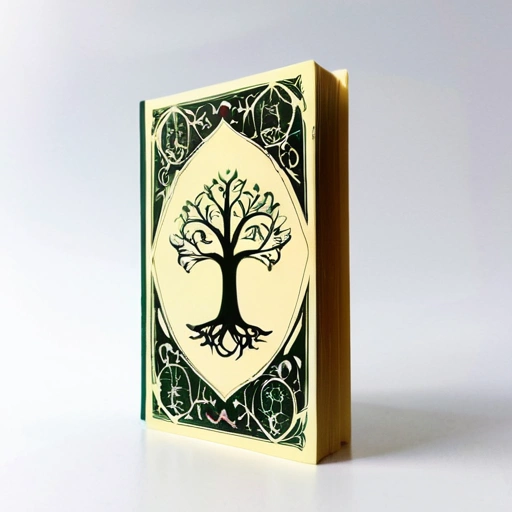Braucherei, often referred to as Powwowing, is a traditional folk healing practice rooted in Pennsylvania Dutch culture. With its origins in Germanic religious and magical traditions, it has persisted for centuries as a part of the rural communities in Pennsylvania and surrounding regions. While it remains a niche practice today, Braucherei continues to capture the interest of cultural historians and spiritual seekers alike. This article explores the historical significance of Braucherei and provides key statistics about its practice, both past and present.
Historical Background of Braucherei
During the 18th and 19th centuries, Braucherei was widespread among Pennsylvania Dutch settlers, many of whom practiced this folk healing tradition in rural areas. While the exact number of practitioners remains unclear, it is estimated that thousands of individuals participated in these rituals during this period, primarily for healing physical ailments and offering protection against supernatural threats.
One of the most significant texts for Braucherei is The Long Lost Friend, written by Johann George Hohman and first published in 1820. This book, which contains spells, prayers, and remedies, was widely distributed and reprinted more than 12 times throughout the 19th century. It remains a cornerstone for understanding Braucherei’s role in both religious and folk traditions.
Braucherei Today
Although the practice of Braucherei has diminished over the years, interest in it remains alive, especially within Pennsylvania Dutch communities. The modern Pennsylvania Dutch population is estimated to be around 300,000–350,000 in the U.S., with most living in Pennsylvania, Ohio, and Indiana. Among this population, fewer than 100 active practitioners of Braucherei are thought to remain, keeping the tradition alive in small pockets of rural America.
Online interest in Braucherei has also seen a modest resurgence. According to Google Trends, searches for terms like “Braucherei” and “Pow-wow” have increased by about 20% over the past decade, likely fueled by interest in cultural heritage and alternative healing practices.
Global and U.S. Trends in Folk Healing
Braucherei belongs to a broader global tradition of folk healing, which remains significant worldwide. The World Health Organization (WHO) reports that 80% of the global population relies on traditional medicine for primary healthcare, highlighting the importance of such practices in different cultural contexts. In the U.S., about 33% of adults engage in alternative healing practices, which can include folk remedies, herbal medicine, and spiritual healing traditions like Braucherei.
As cultural and spiritual healing practices regain attention in various forms, the enduring legacy of Braucherei serves as a bridge between the past and present, offering insights into both the cultural history of the Pennsylvania Dutch and the broader human quest for healing and protection.
References:
- Kriebel, David W. Powwowing in Pennsylvania: Braucherei and the Ritual of Everyday Life. 2017.
- Hohman, Johann George. The Long Lost Friend. 1820.
- Pennsylvania German Cultural Heritage Center.
- World Health Organization (WHO). “Traditional Medicine Strategy 2014–2023.”
- Google Trends, 2023 data on “Braucherei” and “Pow-wow.”
- National Center for Complementary and Integrative Health, U.S. Statistics on Alternative Medicine.
